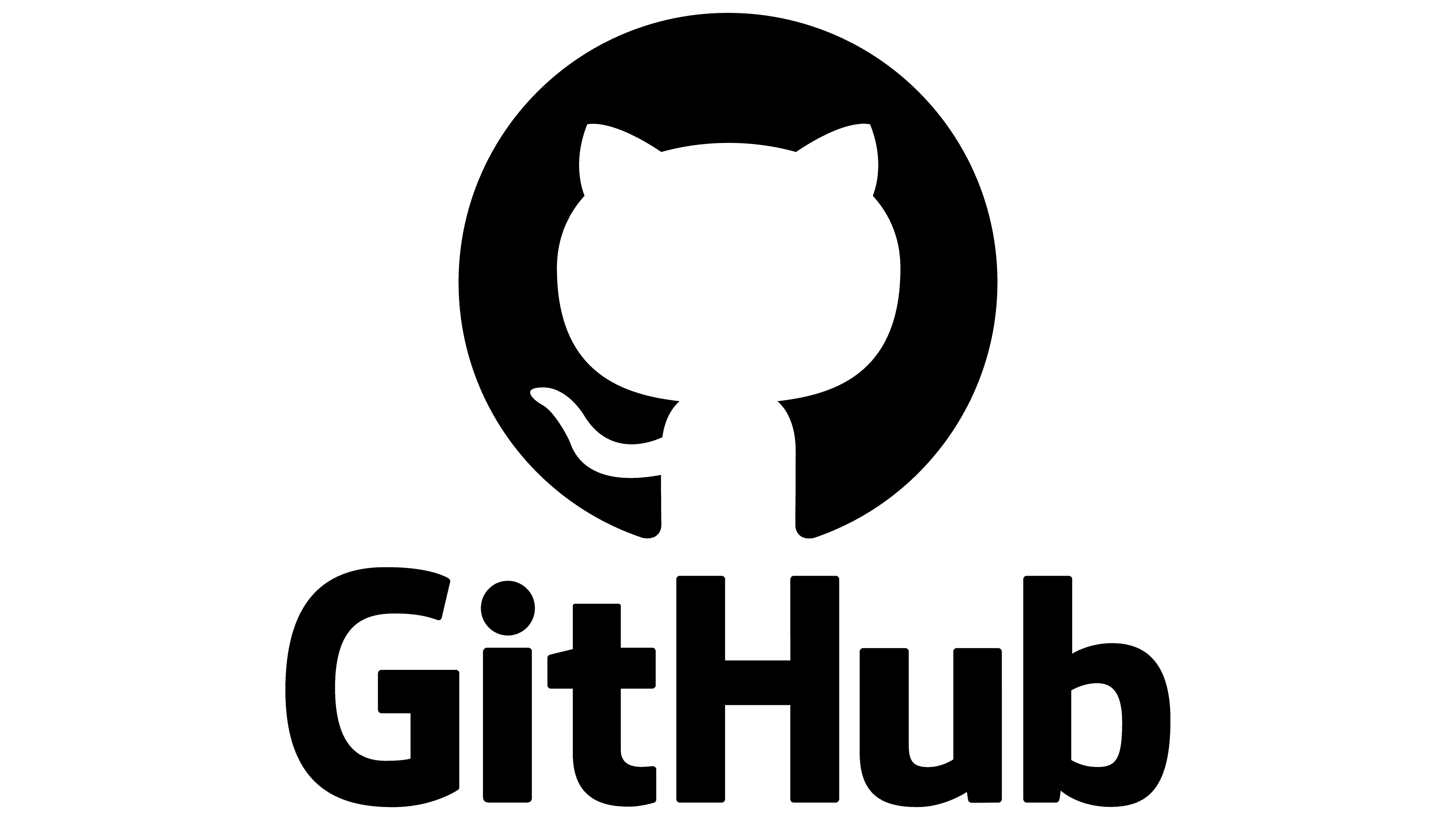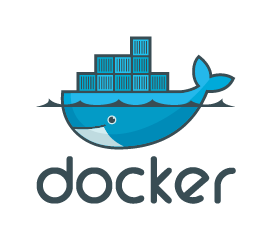Quick Paperless Stack Setup Guide
Paperless NGX is an open-source document management solution that allows you to digitize and efficiently manage your paperwork. In this guide, we will deploy Paperless NGX on a Docker Swarm cluster using a shared storage volume provided by GlusterFS (or a similar NAS-mounted setup) to ensure all nodes share the same data. If you intend to expose Paperless NGX to the internet, you can use Traefik as a reverse proxy for SSL termination.
Prerequisites
- Docker Swarm
- GlusterFS (or a similar NAS mount) so that all nodes have access to the same directories
- (Optional) Traefik, if you plan to make Paperless NGX accessible externally (recommended for TLS/SSL)
Step 1: Set Up Directory Structure
Create the directories for Paperless NGX data, ensuring they reside on your GlusterFS (or equivalent) mount so that data is shared among all Swarm nodes. For example:
mkdir -p /mnt/glustermount/data/paperless/
mkdir -p /mnt/glustermount/data/paperless/redisdata
mkdir -p /mnt/glustermount/data/paperless/data
mkdir -p /mnt/glustermount/data/paperless/media
mkdir -p /mnt/glustermount/data/paperless/export
mkdir -p /mnt/glustermount/data/paperless/consume
mkdir -p /mnt/glustermount/data/paperless/postgresqldataStep 2: Create Your Docker Compose File
Important: In all configurations and code snippets below, replace YOUR-DOMAIN.com with your actual domain wherever applicable.
Below is an example docker-compose.yml that sets up Paperless NGX alongside Redis, PostgreSQL, Gotenberg, and Apache Tika. This file is intended for Docker Swarm with a GlusterFS-backed volume. You can adapt paths and replicas to your needs.
version: "3.7"
services:
broker:
image: docker.io/library/redis:7
restart: unless-stopped
volumes:
- /mnt/glustermount/data/paperless/redisdata:/data
deploy:
mode: replicated
replicas: 1
networks:
- internal
webserver:
image: ghcr.io/paperless-ngx/paperless-ngx:latest
restart: unless-stopped
depends_on:
- broker
- gotenberg
- tika
ports:
- "8000:8000"
volumes:
- /mnt/glustermount/data/paperless/data:/usr/src/paperless/data
- /mnt/glustermount/data/paperless/media:/usr/src/paperless/media
- /mnt/glustermount/data/paperless/export:/usr/src/paperless/export
- /mnt/glustermount/data/paperless/consume:/usr/src/paperless/consume
environment:
PAPERLESS_REDIS: "redis://broker:6379"
PAPERLESS_TIKA_ENABLED: 1
PAPERLESS_TIKA_GOTENBERG_ENDPOINT: "http://gotenberg:3000"
PAPERLESS_TIKA_ENDPOINT: "http://tika:9998"
PAPERLESS_URL: "https://paperless.YOUR-DOMAIN.com"
PAPERLESS_OCR_LANGUAGE: "eng"
PAPERLESS_TIME_ZONE: "Europe/Zurich"
PAPERLESS_ADMIN_USER: "${PAPERLESS_ADMIN_USER}"
PAPERLESS_ADMIN_PASSWORD: "${PAPERLESS_ADMIN_PW}"
PAPERLESS_ADMIN_MAIL: "${PAPERLESS_ADMIN_EMAIL}"
PAPERLESS_SECRET_KEY: "${PAPERLESS_SECRET_KEY}"
PAPERLESS_DBHOST: "db"
PAPERLESS_DBNAME: "${PAPERLESS_POSTGRES_DB}"
PAPERLESS_DBUSER: "${PAPERLESS_POSTGRES_USER}"
PAPERLESS_DBPASS: "${PAPERLESS_POSTGRES_PASSWORD}"
deploy:
mode: replicated
replicas: 1
labels:
- "traefik.enable=true"
- "traefik.http.routers.webserver.rule=Host(`paperless.YOUR-DOMAIN.com`)"
- "traefik.http.routers.webserver.entrypoints=websecure"
- "traefik.http.services.webserver.loadbalancer.server.port=8000"
- "traefik.docker.network=management_net"
networks:
- management_net
- internal
db:
image: docker.io/library/postgres:16
restart: unless-stopped
volumes:
- /mnt/glustermount/data/paperless/postgresqldata:/var/lib/postgresql/data
environment:
POSTGRES_DB: "${PAPERLESS_POSTGRES_DB}"
POSTGRES_USER: "${PAPERLESS_POSTGRES_USER}"
POSTGRES_PASSWORD: "${PAPERLESS_POSTGRES_PASSWORD}"
deploy:
mode: replicated
replicas: 1
networks:
- internal
gotenberg:
image: docker.io/gotenberg/gotenberg:8.7
restart: unless-stopped
command:
- "gotenberg"
- "--chromium-disable-javascript=true"
- "--chromium-allow-list=file:///tmp/.*"
deploy:
mode: replicated
replicas: 1
networks:
- internal
tika:
image: docker.io/apache/tika:latest
restart: unless-stopped
deploy:
mode: replicated
replicas: 1
networks:
- internal
networks:
management_net:
external: true
internal:
driver: overlay
ipam:
config:
- subnet: 172.16.58.0/24
Why We Define a Custom Subnet for the internal Network
The internal network is an overlay network dedicated to internal communication between Paperless NGX services (like Redis, Gotenberg, Tika, and PostgreSQL). By assigning a specific subnet (172.16.58.0/24), you ensure:
- Isolation: Only these containers communicate on this internal overlay, reducing exposure to the outside world.
- Predictability: Having a known subnet range helps avoid IP conflicts with other networks.
Defining Environment Variables
If you are using Portainer, you can define environment variables such as stack.env directly in the Portainer Web-GUI when deploying the stack.
If you are not using Portainer, create a .env file in the same directory as your docker-compose.yml and specify:
services:
webserver:
...
env_file:
- .env
db:
...
env_file:
- .envThen add the following variables in your .env file:
PAPERLESS_POSTGRES_DB=
PAPERLESS_POSTGRES_USER=
PAPERLESS_POSTGRES_PASSWORD=
PAPERLESS_ADMIN_USER=
PAPERLESS_ADMIN_PW=
PAPERLESS_ADMIN_EMAIL=
PAPERLESS_SECRET_KEY=You can also check out the official sample environment file for Paperless NGX to see additional variables you may configure.
Environment Variables Used in the Compose File
Below is a brief explanation of some key environment variables in the docker-compose.yml file. For a full list of available variables and their usage, refer to the Paperless NGX Configuration Documentation.
- PAPERLESS_URL: The base URL where Paperless NGX is accessible (e.g.,
https://paperless.your-domain.com). - PAPERLESS_REDIS: The Redis connection string (host:port) for caching and background tasks.
- PAPERLESS_TIKA_ENABLED: Enables Apache Tika integration for advanced document parsing.
- PAPERLESS_TIKA_GOTENBERG_ENDPOINT / PAPERLESS_TIKA_ENDPOINT: Endpoints for Gotenberg and Tika services, respectively, used to convert and parse documents.
- PAPERLESS_TIME_ZONE: Sets the timezone inside the container (e.g.,
Europe/Zurich). - PAPERLESS_ADMIN_USER / PAPERLESS_ADMIN_PASSWORD / PAPERLESS_ADMIN_MAIL: Credentials for the default Paperless NGX admin account.
- PAPERLESS_SECRET_KEY: A secret key used by the Django framework within Paperless NGX for cryptographic functions.
- PAPERLESS_DBHOST / PAPERLESS_DBNAME / PAPERLESS_DBUSER / PAPERLESS_DBPASS: Connection details for PostgreSQL. These point to the
dbservice and use the credentials defined in the environment variables.
Step 3: Deploy the Stack
docker stack deploy -c docker-compose.yml paperlessAlternatively, you can deploy the stack via Portainer or any other Docker Swarm management tool.
Step 4: Accessing Paperless NGX
- Once deployed, Paperless NGX will be available at the port you specified (
8000by default) on the Swarm node. - If you configured Traefik and DNS correctly, you should be able to access your Paperless NGX instance at
https://paperless.your-domain.com. - Log in with the admin credentials you set in the environment variables.
Additional Notes
- Multi-Node Persistence: Because GlusterFS (or an equivalent) is used, your Paperless NGX data and database files are stored on shared volumes accessible by all nodes in the Swarm.
- Security & SSL: If you’re exposing Paperless NGX externally, ensure you have valid SSL certificates set up (e.g., via Traefik with Let’s Encrypt).
- Scaling Services: You can increase the
replicasvalue for different services if you want to distribute the load across multiple nodes.
Conclusion
By deploying Paperless NGX on a Docker Swarm, you gain the benefits of high availability and scalability, especially when backed by a distributed storage solution like GlusterFS. Whether you use Portainer for an easier management interface or rely on .env files for more traditional Docker workflows, the key is consistent environment configuration and ensuring all nodes share the necessary data volumes. With this setup, your document management solution is primed for production use—secure, resilient, and easy to extend.



